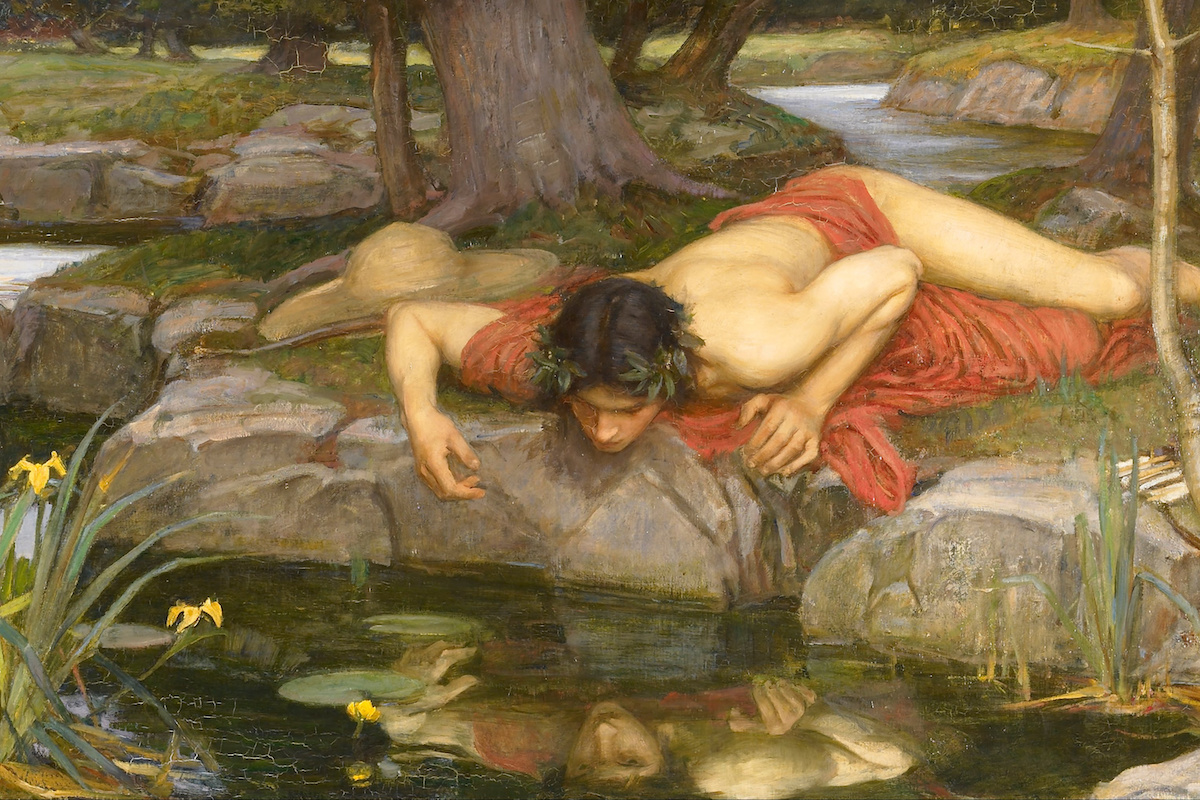Weekly update 7
 |
| Madonna, William Crosbie |
Chapter 4 is done! Or drafted, anyway.
True, a captious reader might note that I introduce the doctrine of the Trinity but fail to get around to the Holy Spirit. ("No, we have never even heard that there is a Holy Spirit.") And there's definitely other work to be done. But still, it feels good to have three of seven chapters drafted.
Wait (you may be saying to yourself): I thought you said Chapter 4 is done. Quite right. I haven't written Chapter 1, which is the biographical/contextual/historical bit that I can't do as easily off the top of my head. That has to be next, though, because I have to submit my list of illustrations on July 15, and that list includes a request for "a map of all the places mentioned in Chapter 1," which in the absence of Chapter 1 is not a super-helpful directive.
I also ask for a picture of a manuscript and make several suggestions. Here's one I particularly like, from an early MS of Anselm's Monologion:
I also spent two solid hours talking about Anselm this morning for a podcast interview. That means I now have three different podcast episodes waiting to drop (one on Anselm, one on Duns Scotus, and one on every medievalist's favorite topic, angels).
*****
If you follow this blog, by now you're used to random bits of Scottish art at the top of many posts. William Crosbie worked in a variety of genres, and a lot of his work doesn't speak to me at all, but I think this Madonna is very fine. A Scottish Mary would look great next to my Ukrainian Jesus over my prayer desk.
*****
I almost forgot the excerpt. Here's the end of Chapter 4, "How things got started," where I'm trying to lead into Chapter 5, "How things went wrong."
Ordinarily when we think of truth, we think of
the truth of statements. If I say “It is day” when in fact it is day, my
statement is true; if I say “It is day” when in fact it is night, my statement
is false. There may be great philosophical complexities lurking underneath this
apparently simple characterization of truth—the notion of truth is endlessly
disputed by philosophers—but Anselm is happy to start with the commonsense
account that any of his readers will be able to understand. Instead of asking
whether this is an adequate account of truth, he accepts the account, as far as
it goes, and poses a further question: why do we call a statement true
when it successfully states the way things are? The reason, he says, is that
this is what statements ought to do: “when a statement signifies that
what-is is, it signifies what it ought to” and so “its signification is
correct.” The correctness (rectitudo) of a statement is its
truth, and correctness is a matter of something’s being or doing what it ought
to be or do. Once we think of truth in that way, we can see that the concept is applicable in many domains, beyond that of language.
Some of these domains are more
intuitively obvious than others. There is truth in opinions, clearly, because rational
creatures received their intellectual capacity in order to represent to
themselves the way things really are. When we think that what-is is, or that
what-is-not is not, we are thinking what we ought to think, and so our thought or
opinion is correct and true. Less obviously, there is truth in an action when something
does what it ought to do, truth in the senses when they report sense objects in
the way they ought to report them, and truth in what Anselm calls “the being of
things” when things are as they ought to be.
Although Anselm does not explicitly
put his account of truth to this use, it provides a clear basis for the
differentiation of creatures, not in terms of the different ways in the which
they imitate the Word, but instead in terms of the different natures, causal
powers, and purposes that God has bestowed on them. For example, in speaking of
truth in action, Anselm says that “fire received the power to heat from the one
from whom it has being,” which is why we can say that when fire heats, it is
doing what it ought to do, or “doing the truth.” There is truth in our senses
when they perceive a straight stick partly submerged in water as bent, because they
are doing what God gave them the power to do. The human flesh that was pierced
by nails and suffered terrible pain on the Cross ought to have been pierced,
and ought to have suffered, because God created flesh that way. The existence,
capacities, powers, and purposes of every creature are bestowed by God, and so
just as creation in general is an effect of God’s intentional action, the
variety and differentiation among creatures is an effect of God’s intentional
action.
Most creatures cannot fail to “do
the truth”: they have no choice in the matter. Fire heats, celestial bodies move,
horses graze, plants grow, all according to their natures, and they cannot
deviate from truth or correctness. Anselm calls the actions of such creatures
“natural actions,” because they flow straightforwardly from the natures God
bestowed on them. But God gave some creatures a capacity for self-determination—the
will (voluntas)—that is not simply the working-out of a nature. Such
“non-natural” or voluntary actions can deviate from truth and correctness.
There is truth in our wills when we will what we ought to will, in accordance
with the purpose for which God gave us wills. In the next chapter I look in
detail at Anselm’s account of the will, God’s purpose in creating it, and how
both angels and human beings abandoned truth in the will.




Comments
Post a Comment